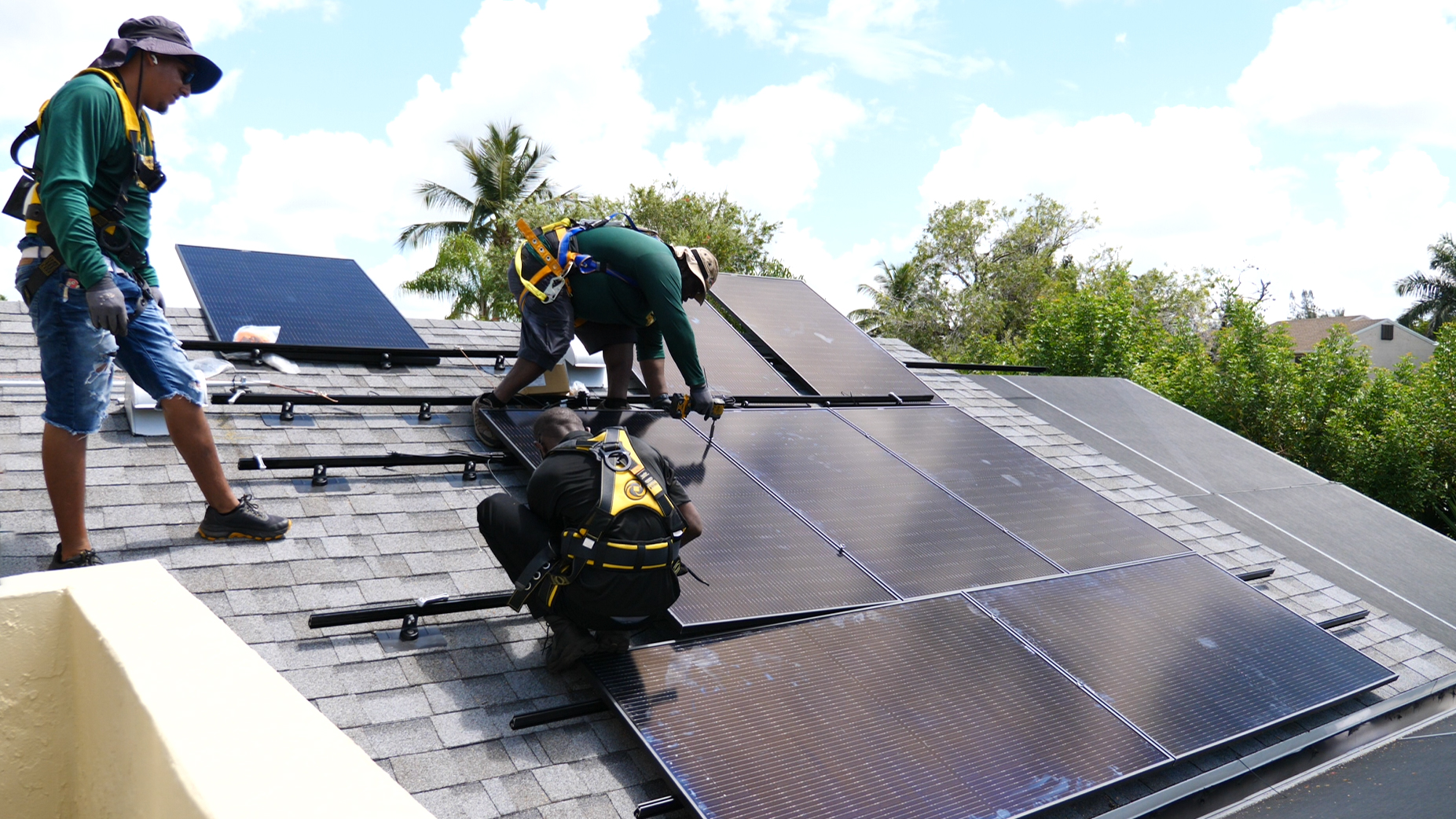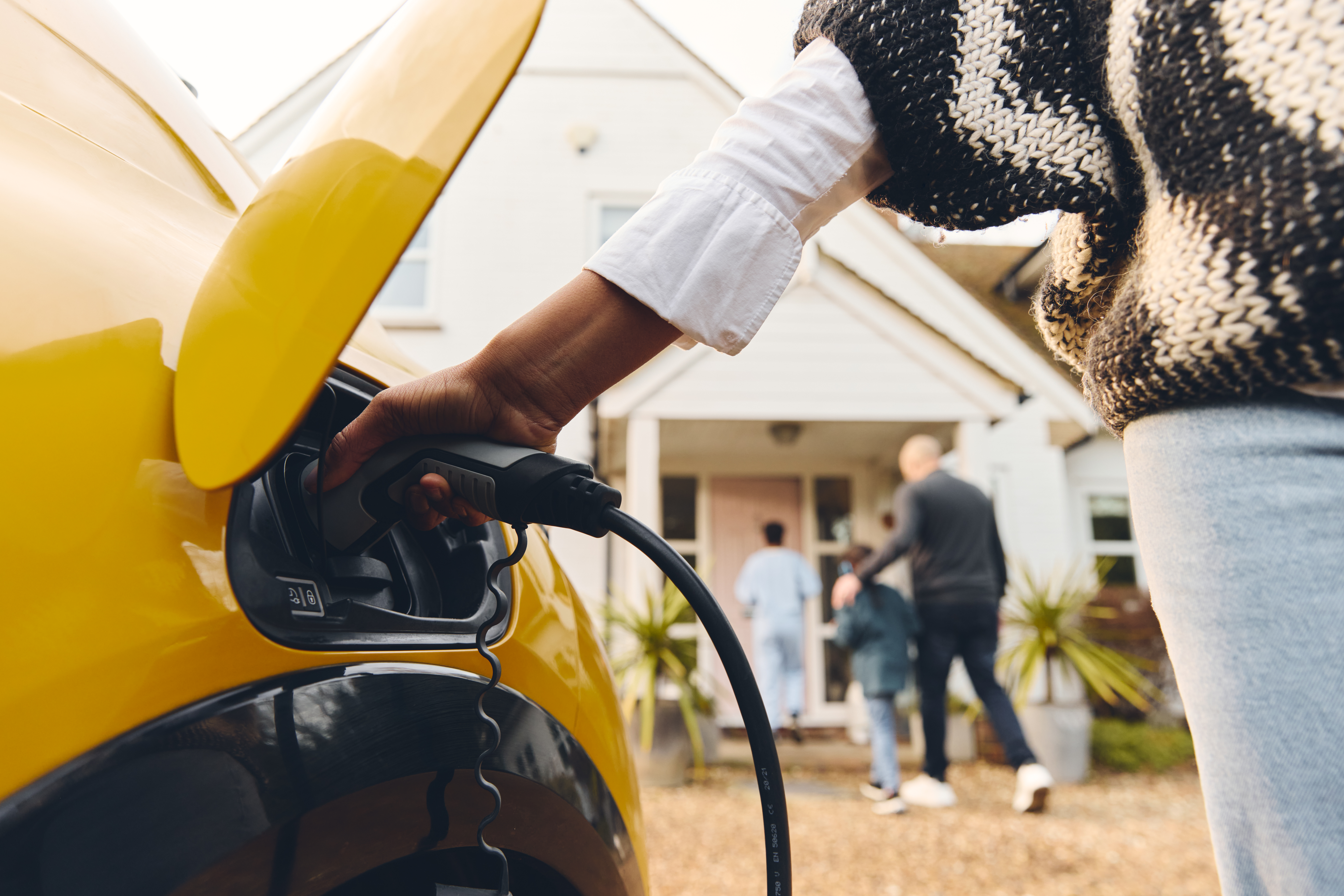There's a reason the solar industry has been dubbed the "solar coaster" — it's fast-moving and always changing. High interest rates and surging inflation, coupled with a likely reduction in net metering benefits for residential solar installations, caused a slowdown in demand for home solar plus storage in 2023. This year, installers will find more competition in a softer market and potential opportunities as newer technologies become more attractive to consumers.
Here, Panasonic experts share four predictions for 2024 and how solar installers could take advantage of these trends to leverage new growth opportunities.
1. The solar industry will see consolidation
In the solar industry, high interest rates have pushed up the costs of solar loan packages for consumers. EnergySage found that the average quoted solar loan APR more than doubled from 2.5% in Q3 2022 to 6.1% in Q3 2023. This has prompted more homeowners to explore other options, like leasing and power purchase agreements, rather than using a loan to purchase solar panels outright.
"Lower demand may force many solar companies to reduce hiring," says David Lopez, national sales manager, solar & storage with Panasonic Eco Systems. "For companies to remain successful, it will be more important that they showcase their credibility and track record, as buying from a reputable brand will be key for warranty protection on solar and battery storage systems."
Photo courtesy of Panasonic Eco Systems
2. Cuts to net metering will expand beyond California
California provides some of the best solar incentives and rebates in the industry. But last year it significantly reduced its net metering policy for homeowners. Under the new rules, known as NEM 3.0, new solar homeowners in the Golden State will receive as much as 75% less money for every kilowatt-hour of electricity they send back to the grid than they did under the original rules.
In 2024, Panasonic expects more states to follow California in reducing or ending net metering benefits for residential customers. "Utilities across the U.S. are re-evaluating their net metering programs because it is becoming less economically beneficial for them," says Mukesh Sethi, group manager, solar & storage for Panasonic Eco Systems. "This will likely cause further declines in demand and installations this year. The good news is that home batteries will become even more important and an increasingly attractive proposition to homeowners."
Solar batteries give homeowners more control over when they use their solar power. Instead of sending solar back to the grid for minimal compensation, homeowners can store their surplus power and use it during peak times when grid electricity rates rise. In this way, batteries give homeowners the ability to proactively reduce their energy bills.
"At some point, every solar panel system will need a battery storage solution to respond to consumption needs," says Lopez. "On top of regular consumption, there is the issue of power outages, and storage is an important protection that supports comfort at home when the power goes out."
3. Battery storage attachment rates will increase
That leads into the next trend: the continued growth of battery storage. As demand response programs and virtual power plants continue to grow in popularity, battery storage attachment rates with solar installations will also increase. In 2023, 13% of US residential solar installations had a battery attached. Panasonic expects this rate to continue increasing in 2024.
With electric demand increasing, supply will be inconsistent. That means utilities will look to grow their demand response programs. Early battery storage adopters will benefit heavily from these incentives, like they did when solar was new and renewable energy credits were high.
Encourage homeowners interested in installing a solar solution to act now and pair it with a home battery system. That way they can take advantage of the high demand response incentives that are available.
4. EVs powering homes will become more common
Electric vehicle manufacturers, including Tesla and Ford, are releasing new cars with batteries that not only keep the car running but can also provide electricity to the home through a built-in inverter. Some can even keep the home running during a blackout for two days. The feature, known as bidirectional charging, is likely to become even more common in 2024.
In practice, this means homeowners with solar could charge their electric vehicles from their system or the grid during the day when grid electricity rates tend to be at their lowest, then use the stored electricity to power their homes just like a solar battery. There is also the added benefit of having a backup source of power in the event of outages.
Panasonic is a pioneer in battery technology and one of the leading manufacturers of EV batteries, and believes these trends will be an incentive for car buyers to go electric.
"This could be an incentive for people to buy electric vehicles," says Sethi. "It also speaks to the growing popularity of battery systems as extreme weather and power outages grow more common."
Ever-changing economic conditions mean consumers are becoming even more scrupulous about how they spend their money. This will make it more important than ever for installers to increase their offerings and demonstrate their credentials as knowledgeable, trusted experts with a strong track record.
Partnering with a trusted brand can help you grow and meet whatever changes the solar industry has in store — learn more about becoming an authorized Panasonic installer.





